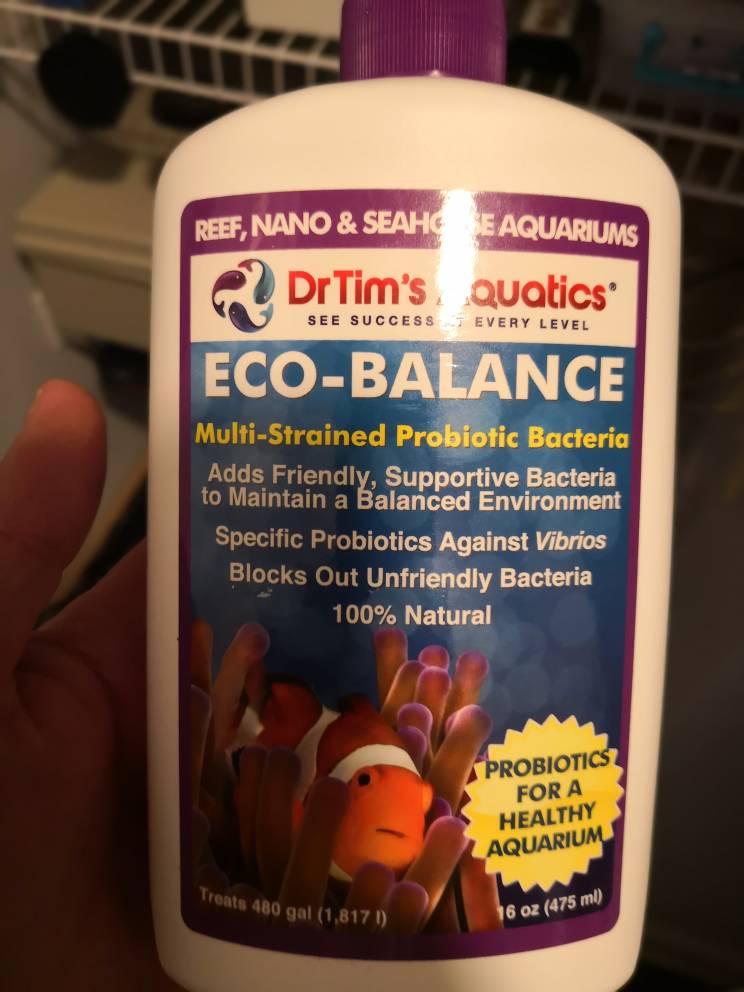Hi again,I would not call it quits! You have been given some great advice so far. Many have gone thru this before you and successfully won the GHA battle, myself included. Basically your chain of events seems to me like you were chasing numbers and making too many adjustments. As others have already stated, below is what I have done and recommend:
Good luck and dont get discouraged. The bottom line is if you control your nutrient levels the gha will run its course.
- Do Not use any algae removing chemicals
- Get your phosphate & nitrate in check with GFO and carbon dosing and regular water changes. Phosphate below .08, Nitrate 5ppm or less
- If you feel your SPS are starving dose some Reef Energy or equivalent
- Once nitrate and phosphate levels are in check, remove the rock and scrub all the gha off. Also give your sand bed a good siphoning.
- Continue to keep nitrate and phosphate low and the gha will run its course. You may have to repeat step 4 one or more times. But if you keep your nitrate and phosphate in check it will run its course
- In the future I would never ever dose nutrients, I would simply feed more.
I general agree with referenced post.
100% agree on No Chemicals to treat GHA, since you are not removing the GHA (and what it's composed of), in your closed system. And whatever is in the Chemical is more things you don't need in your water. (maybe frequent water changes, and a super skimmer might remove something...only IF you do things right)
Any treatment (other then physically REMOVING GHA FROM TANK) will leave something in your system (like Phosphates in GHA Die Off).
And since OP has SPS....... any swings due to Phosphate Rise, then Drop using GFO or similar products could cause damage to sensitive SPS.
This Following is important to know about PHOSPHATE READINGS....
When you have a GHA/Algae outbreak, your Phosphate testing is totally off.
When Algae is rapidly consuming Phosphates from the Water Colum, the phosphate in Rocks/Sand is much higher than picked up by the test kits.
Rocks are actually slowly leaching out Phosphate (that is why rock are growing algae close to them)
So you will most likely see a P=0 or very close. That is why OP made a BIG mistake of adding Phosphates, when there was no need in increase phosphates.
Adding phosphate fueled/accelerated the GHA.
Only when the Algae Bloom is over can you get an proper phosphate reading.
I also don't believe in too much CUC during Major GHA outbreak. Not many critters will touch the GHA Long Strands. I know I tested every snail species.
If GHA is groomed short (maybe some critters will consider a bite, but not much to help a large coverage)
The problem with Hermits, is they rip the Long GHA strands, and let them go, tangling into SPS.
The only thing that will eat Long Strands of GHA (cleanly) is a Sea Hare, and certain Large Cowrie Snails (Caution on Tiger Cowrie Species since they eat Corals)
And if you overload CUC and Algae Goes away, a good portion will die, leading to other problems, like another Algae Bloom, etc.



















